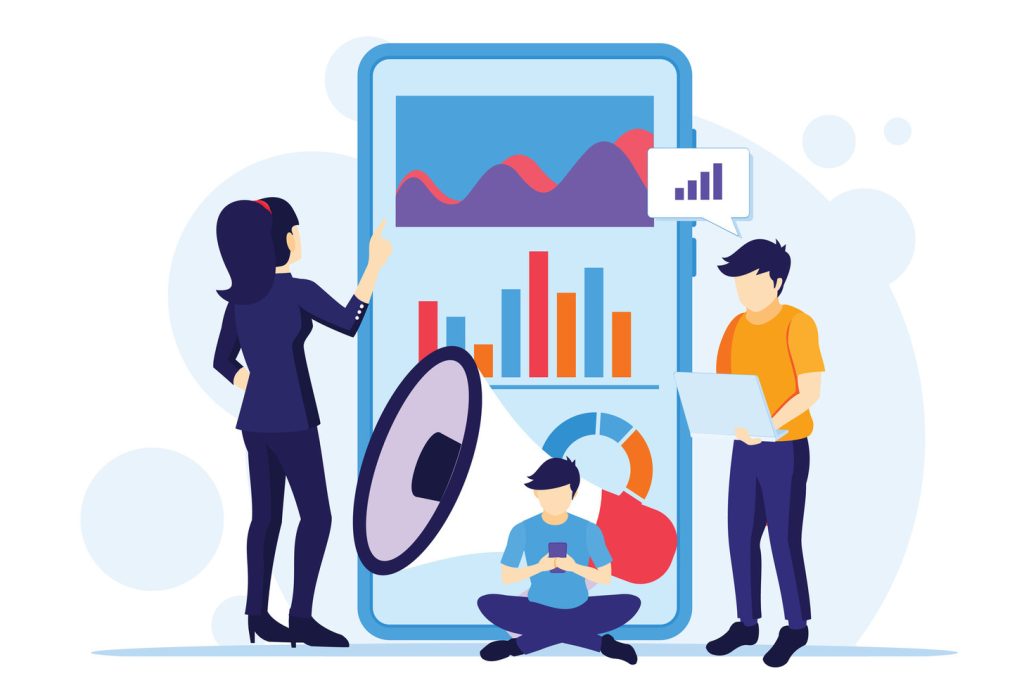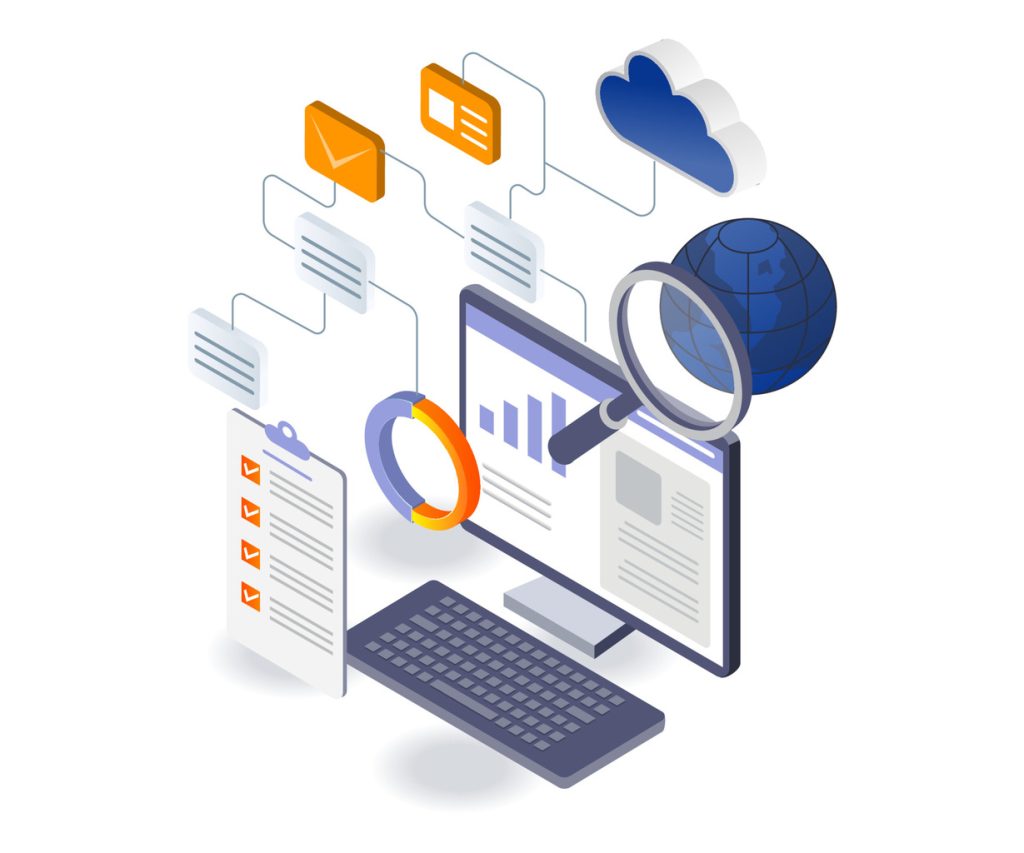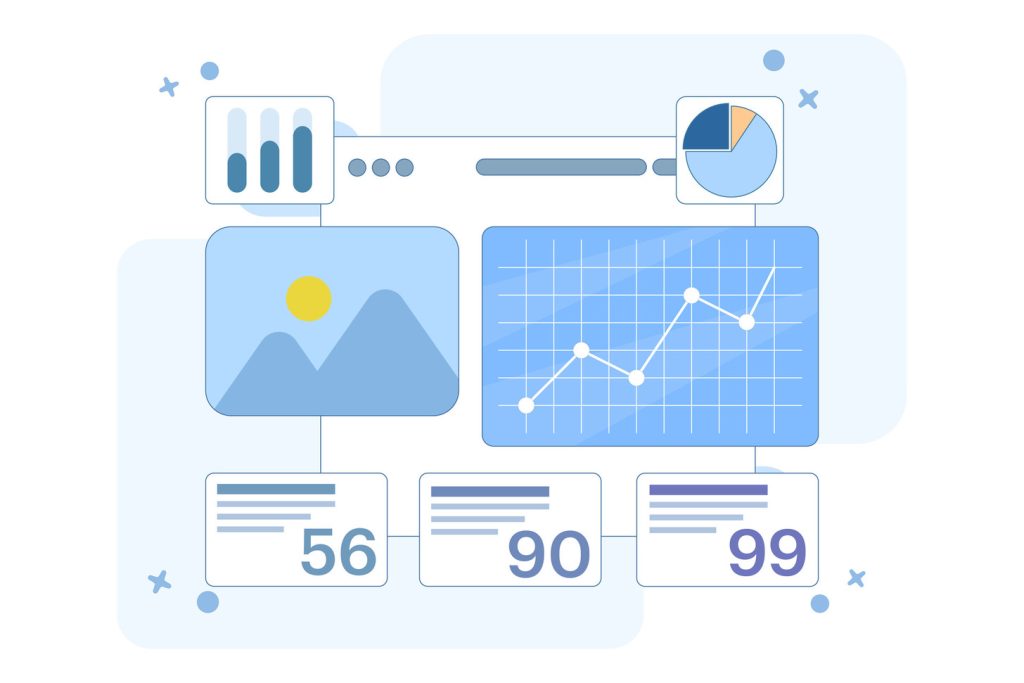Transform Your Business with Actionable Data-Driven Insights

Every modern business generates mountains of raw data. But without the right strategy, this information remains untapped potential. That’s why industry leaders rely on ClearCRM to turn numbers into actionable plans, drive growth, optimize operations, and outpace competitors.
Effective decision-making starts with unifying data from multiple sources. For example, combining CRM platforms and automation strategies with e-commerce analytics creates a holistic view of customer behavior. This integration eliminates blind spots and reveals patterns that fuel smarter strategies.
Practical insights reduce risk. When teams analyze trends in real time, they can adjust marketing campaigns, refine product offerings, or reallocate resources with precision. Companies that prioritize data transformation see faster responses to market shifts and stronger customer relationships.
This guide reveals proven ways to unlock your data’s potential. Learn how to streamline workflows, improve marketing ROI, and build systems that turn information into results. The tools and techniques covered here are designed for leaders ready to act—not just analyze.
Key Takeaways
- Raw data becomes valuable when transformed into clear strategies
- Integrated systems provide a complete view of operations and customers
- Real-time analysis minimizes risks in decision-making
- Automation tools bridge gaps between data collection and execution
- Actionable plans drive measurable improvements in efficiency and growth
The Role of Data-Driven Insights in Modern Business
Raw numbers alone can’t drive growth—transforming them into strategic actions does. Businesses now rely on structured analysis to convert fragmented details into clear pathways for improvement. This shift turns guesswork into precision, creating a foundation for measurable progress.
What Are Data-Driven Insights?
These insights emerge when businesses examine patterns in sales figures, customer interactions, or operational metrics. Unlike raw data, they answer critical questions: Which products attract repeat buyers? Where do marketing budgets deliver the best returns? For example, retailers analyze purchase histories to predict inventory needs, while marketers track engagement rates to refine campaigns.
How Actionable Information Creates Value
Clear strategies start with analysis. Teams that identify spending trends can adjust pricing models before competitors react. A clothing brand might spot seasonal demand spikes and optimize production schedules accordingly. Benefits include:
- Faster response to market changes
- Improved customer retention through personalized offers
- Reduced waste in resource allocation
One automotive company slashed delivery delays by 40% after analyzing supplier lead times. This approach turns abstract numbers into tools for solving real challenges. By linking analysis to customer needs, businesses build systems that adapt and thrive.
Establishing Clear Objectives for Data Analysis

Clarity precedes impact. Defining precise goals transforms scattered numbers into strategic assets. Without direction, even advanced analytics tools become expensive guesswork generators. Successful teams treat objectives as their compass—guiding what to measure, collect, and prioritize.
Setting Business and Marketing Goals
Start with purpose. A skincare brand might aim to reduce product returns by 25% within six months. This goal shapes their entire analysis process: tracking customer reviews, ingredient preferences, and delivery timelines. Clear targets help teams:
- Focus resources on high-impact metrics
- Create campaigns aligned with buyer preferences
- Measure progress using defined success markers
One beverage company increased repeat purchases by 18% after analyzing regional flavor trends. Their marketing team used this data to launch location-specific promotions.
Aligning Data Collection with Objectives
Not all features matter equally. A retailer targeting cart abandonment rates would track website navigation patterns, not warehouse temperatures. Follow this approach:
- Map data sources to specific goals
- Eliminate redundant metrics that don’t drive decisions
- Update collection methods as priorities shift
An outdoor gear seller improved inventory turnover by 30% after matching supplier lead time data to seasonal demand forecasts. This alignment turns raw information into informed decisions that streamline business operations.
Integrating and Consolidating Your Data Sources
Unifying data sources unlocks hidden opportunities. Companies often manage information from ClearCRMs, sales platforms, and customer surveys—each trapped in separate systems. Connecting these silos creates a complete picture that drives smarter decisions.
The ETL Process Explained
ETL (Extract, Transform, Load) turns fragmented data into usable formats. Platforms like Integrate.io and Talend automate this process:
- Extract: Pull data from apps, spreadsheets, or IoT devices
- Transform: Clean and standardize formats for consistency
- Load: Transfer structured data into warehouses like Snowflake
This method eliminates manual errors. A retail chain used Talend to merge online and in-store sales data, cutting report generation time by 50%.
Choosing the Right Integration Tools
Modern platforms simplify complex workflows. Low-code solutions like Zapier handle basic connections, while tools like Integrate.io manage large-scale enterprise data. Key considerations include:
- Compatibility with existing systems
- Scalability for future growth
- Real-time processing capabilities
One logistics firm reduced shipping delays by 35% after centralizing supplier data with Integrate.io. Unified platforms also enhance data visualization, letting teams spot trends faster through dashboards.
Analyzing Data for Actionable Insights

Unlocking business potential requires moving beyond data collection to meaningful analysis. Advanced techniques turn raw numbers into roadmaps for growth, helping teams predict outcomes and diagnose challenges before they escalate.
Utilizing Predictive and Diagnostic Techniques
Predictive analytics forecasts future trends, while diagnostic methods uncover root causes. For example, a retail chain used predictive models to anticipate holiday demand spikes, reducing stockouts by 22%. Diagnostic tools helped a telecom company identify why 30% of customers canceled services—leading to targeted retention campaigns.
“Pattern recognition separates market leaders from followers. The faster you spot correlations, the quicker you act.”
Selecting Effective Analytics Tools
Choose platforms that match your data complexity and goals. Consider these factors:
| Tool Type | Best For | Example |
|---|---|---|
| Business Intelligence | Visual trend tracking | Tableau |
| Statistical Software | Advanced modeling | Python (Pandas) |
| CRM Analytics | Customer behavior | ClearCRM |
Interpreting Patterns and Trends
Focus on metrics that drive decisions. A SaaS company noticed users who watched onboarding videos had 50% higher retention. They prioritized video content in marketing—boosting annual subscriptions by 18%.
Key steps for interpretation:
- Compare current data against historical benchmarks
- Filter out statistical noise using confidence intervals
- Test hypotheses through A/B experiments
Visualizing Data: Turning Numbers into Clear Strategies

Complex data becomes powerful when transformed into visuals everyone understands. Charts, graphs, and heatmaps simplify trends that spreadsheets obscure, helping teams align quickly on priorities. This process bridges gaps between technical analysis and practical decision-making.
Effective Visualization Techniques
Clarity trumps complexity. Use bar charts to compare sales figures across regions or line graphs to track customer engagement over time. Heatmaps reveal website click patterns, while geographic maps highlight market penetration. A logistics company reduced delivery delays by 28% after mapping route inefficiencies.
“Visuals act as a universal language. When stakeholders see trends instead of spreadsheets, decisions happen faster.”
Best practices include:
- Color-coding to emphasize key metrics
- Annotating charts with concise takeaways
- Updating dashboards in real time
Choosing the Best Data Visualization Tools
Top platforms balance flexibility with user experience. Tableau excels in interactive dashboards, while Microsoft Power BI integrates seamlessly with Office 365. For CRM analytics, tools with built-in visualization, as seen in CRM platforms like ClearCRM often include built-in visualization features.
| Tool | Strength | Best For |
|---|---|---|
| Tableau | Custom dashboards | Enterprise teams |
| Power BI | Microsoft integration | Mid-sized businesses |
| Google Data Studio | Collaboration features | Marketing agencies |
Prioritize tools that match your team’s technical skill level. A restaurant chain boosted inventory accuracy by 35% using simple drag-and-drop charts in Power BI. Visual storytelling turns abstract numbers into strategies that drive action.
Leveraging Data-Driven Insights for Business Growth
Business growth accelerates when companies convert information into precise strategies. By focusing on customer behavior and market trends, teams identify opportunities to refine products and optimize workflows. This approach turns analysis into measurable results.
Enhancing Product Development
Customer feedback shapes innovation. Nike redesigned its running shoes after analyzing 500,000 athlete sensor recordings. The updated models reduced injury rates by 17% and boosted sales. Key strategies include:
- Tracking feature usage through app integrations
- Testing prototypes with targeted user groups
- Adjusting designs based on real-time reviews
| Company | Strategy | Result |
|---|---|---|
| Spotify | Playlist curation using listening habits | 34% increase in premium subscriptions |
| Peloton | Equipment adjustments via workout data | 22% lower return rates |
Boosting Operational Efficiency
Amazon reduced delivery costs by 15% using route optimization algorithms. Their systems analyze traffic patterns and warehouse locations to minimize fuel use. Similar methods help businesses:
- Predict inventory needs with 98% accuracy
- Automate supplier order triggers
- Cut production waste through quality analytics
A food distributor eliminated $2.8M in annual losses by aligning shipment schedules with real-time demand signals. These improvements create ripple effects—lower costs enable competitive pricing, driving market expansion.
Overcoming Challenges in Data-Driven Decision Making

Businesses often stumble when turning information into strategies due to hidden obstacles. Flawed data or disconnected systems can derail even well-planned initiatives. Addressing these challenges head-on ensures reliable outcomes.
Ensuring Data Quality and Governance
Incomplete records and outdated information distort decisions. A 2023 study found 47% of companies make errors due to poor data hygiene. Regular audits and validation checks fix inconsistencies before they spread.
Effective governance frameworks establish accountability. These systems define who accesses data, how it’s updated, and compliance areas. Common models include:
| Framework | Key Feature | Compliance Areas |
|---|---|---|
| CMMI DMM | Data lifecycle management | Financial, Healthcare |
| DAMA International | Role-based permissions | Retail, Manufacturing |
| ISO 8000 | Quality certification | Global enterprises |
Integration challenges persist when merging legacy systems with modern tools. APIs and middleware bridge these gaps while improving data retention. One logistics company reduced duplicate entries by 72% using automated validation software.
Poor data quality directly impacts revenue. A healthcare provider faced 18% billing errors before implementing real-time error alerts. Their correction rate improved by 91% within three months.
Systematic approaches prevent recurring issues. Start with quarterly audits, then adopt tools that flag anomalies during collection. This proactive method turns obstacles into opportunities for refinement.
Future Trends in Data-Driven Insights and Competitive Strategy
Businesses that master tomorrow’s analytics tools today will dominate their markets. Emerging technologies are rewriting the rules of strategic planning, requiring companies to adapt or fall behind.
AI, Machine Learning, and Real-Time Analytics
Real-time analytics now power instant decisions. Netflix adjusts content recommendations every 10 seconds based on viewer behavior, keeping engagement rates 35% higher than competitors. Machine learning models predict equipment failures for manufacturers 72 hours in advance, cutting downtime costs by 41%.
| Technology | Business Impact | Early Adopter |
|---|---|---|
| Edge Computing | Faster data processing at source | Tesla (autonomous driving) |
| Generative AI | Personalized marketing at scale | Spotify (playlist creation) |
| IoT Sensors | Real-time supply chain tracking | Walmart (inventory management) |
Adapting to Evolving Market Demands
Customer expectations now shift faster than ever. Ethical AI frameworks help brands like Patagonia maintain trust while using decentralized data systems. Their blockchain-based supply chain shows exact material origins—a key factor for 68% of eco-conscious shoppers.
Three steps ensure long-term agility:
- Invest in employee upskilling for new tools
- Build modular tech systems that scale easily
- Regularly audit data practices against regulations
“Static strategies become obsolete within quarters. Continuous learning systems separate market leaders from followers.”
Conclusion
The path from raw numbers to measurable outcomes defines modern business success. Companies that prioritize clear analysis over data overload unlock faster growth and stronger customer relationships. Unified systems and strategic visualization bridge the gap between information and execution.
Effective decision-making thrives on simplicity. Tools like Tableau and Power BI transform complex datasets into visual roadmaps teams can act on immediately. This approach streamlines communication, ensuring every stakeholder understands priorities without technical jargon.
Integrated analysis drives tangible improvements. Retailers using real-time inventory tracking reduce waste, while service providers tailoring offers to user preferences boost retention. These methods turn fragmented details into cohesive strategies that adapt to market shifts.
Future-ready businesses invest in quality governance and emerging technologies. Automated validation checks and AI-driven forecasting tools minimize risks while maximizing opportunities. Leaders who pair reliable data with agile systems outpace competitors consistently.
Now is the time to act. Start by auditing your current processes, then implement one high-impact change—like centralizing CRM data or adopting predictive analytics. The power to transform outcomes lies in turning insights into daily practices. Sustainable growth begins with your next informed decision.

